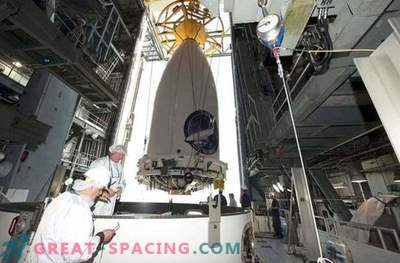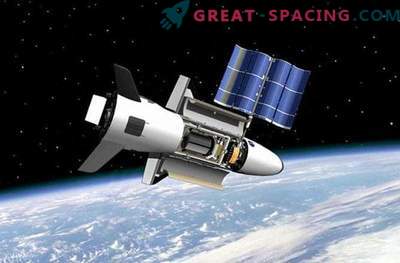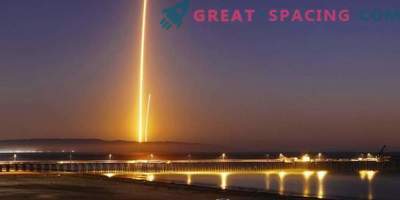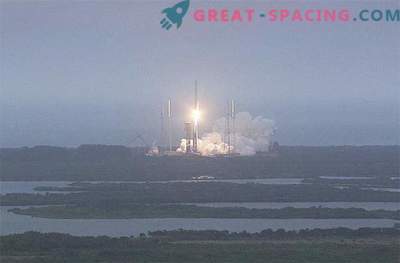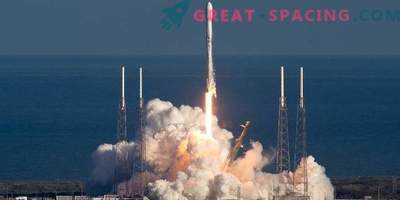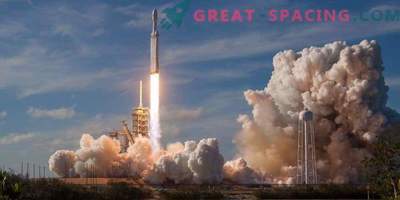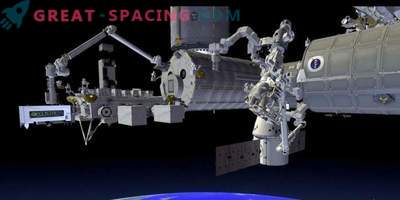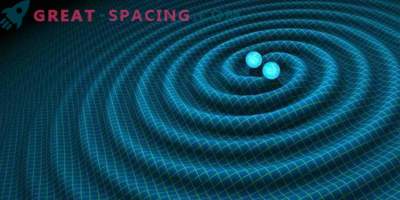
Today, the US Air Force X-37B space plane was launched into Earth orbit, marking the start of the fourth secret mission. The drone was launched at 11:05 am local time (May 20) from the US Air Force Base at Cape Canaveral, Florida.
Most of the information about the spaceplan’s activities in orbit is classified; therefore, neither the flight target nor its duration can be stated with confidence. But Air Force officials say that the fourth mission, officially called OTV-4 (Orbital Test Vehicle-4 / “Orbital Test Apparatus-4”), will be less focused on the X-37B itself and more on the equipment. that the spaceplane will deliver to orbit.
“We look forward to the start of the fourth mission,” said Randy Walden, head of the quick-response air force last month. “After the tremendous success of the first three missions, we can raise the bar even higher and move on to testing experimental equipment.”
On board the Atlas V rocket, which delivered the X-37B into orbit, were also 10 miniature “cubsat”, including the photon sail LightSail, developed by the non-profit organization Planetary Society. The task of LightSail is to thoroughly test the technology of photon sails for even more ambitious tests that will be conducted next year.
The USAF has two X-37B spaceplanes. Both were designed by the Boeing Phantom Works. The length of the device - only 8, 8 meters, height - 2, 9 meters, wingspan - 4, 6 meters, and the cargo compartment in size resembles a pickup body. For greater clarity: both X-37B spaceplanes can fit entirely in the cargo hold of a reusable NASA orbital ship. The launch of the X-37B is performed vertically, and the landing is done horizontally on the runway, as was previously done by the shuttles.
The secrecy enveloping the X-37B space plan spawned quite a few rumors. They say it is a kind of space weapon designed to, for example, study and / or harm satellite of enemy countries. But representatives of the US Air Force in every possible way deny such assumptions and insist that the X-37B is simply testing new technologies for reusable spacecraft.
“The OTV missions allow us to test the payload system or, for example, new technologies in the conditions in which they will be used in the future,” explains BBC speaker Captain Chris Heuler in his e-mail to Space.com. “The unique conditions of OTV missions allow us to bring new technologies to perfection.”
Representatives of the US Air Force did not announce the dates for the continuation of the OTV-4 mission, but, looking back at the previous missions, it can be concluded that the project will be very long-term.
OTV-1 was launched in April 2010 and spent 225 days in space. During the OTV-2 mission, another X-37B was used. He left Earth in March 2011 and spent 469 days in orbit. For the next mission, OTV-3, the same apparatus was again used as during the first mission. He took to the sky in December 2012 and spent a record time for a reusable spacecraft, equal to 675 days.
It is also unknown which of the two space plans will be involved in the fourth mission: the one that was used in OTV-1 and OTV-3, or the one that was used in OTV-2. Captain Heuler commented on this question as follows: “The program chooses the apparatus for each type of activity, depending on the tasks set for this or that test.”
But not everything in this project remains a mystery, covered with darkness. The United States Air Force reported a piece of equipment that is aboard the X-37B: a propulsion system for an ion engine and a collection of research materials from NASA.
“The ion engine on board is an improved version of the engine that was used on the first three modern high-frequency military telecommunications satellites,” the US Air Force explained.
“The possibilities of the new engine are enormous,” commented Tom Masiello, head of the United States Air Force research laboratory in Ohio last month. - Reducing fuel consumption reduces the cost of launching the device into orbit, in addition, it provides operational maneuverability and increases durability. ”
Materials provided by NASA will serve as objects for experiments in outer space. During the mission in space conditions will be investigated about 100 different types of materials. As stated by representatives of NASA, the main purpose of the experiment is to collect data that will subsequently help in the development of future spacecraft.
